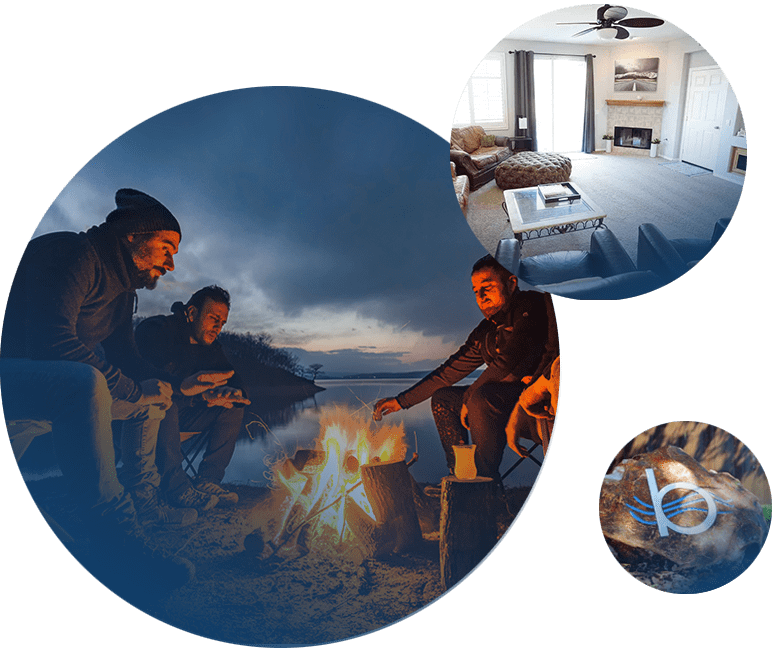

With drinking on the rise and affecting over 33 million people in the United States, efforts to provide alternatives to punitive corrections such as sober living and/or treatment has its own barriers. Society wants them to get help, but not close to them. Alcohol and drug free homes are opening up to attend the demand, but what are the standards and protocols? Is a sober house just any house with agreed rules or should overseeing bodies have close monitoring? Do cities work with these overseeing bodies and how can users and the community have feedback? Research has found that housing for alcohol and drug addiction recovery does in fact reduce crime and impact the overall ambience of a community. The effort lies in communicating these results to society and agreeing on best practices of these residences to have more outcomes rather than dark stories that can pull strong efforts to change the way we view substance use disorders.
